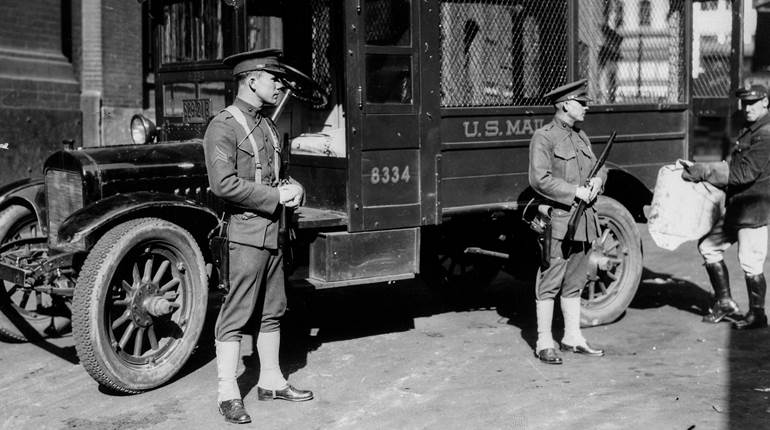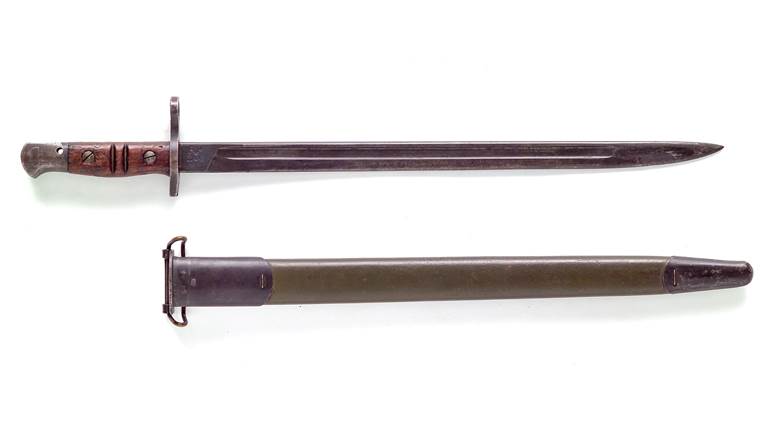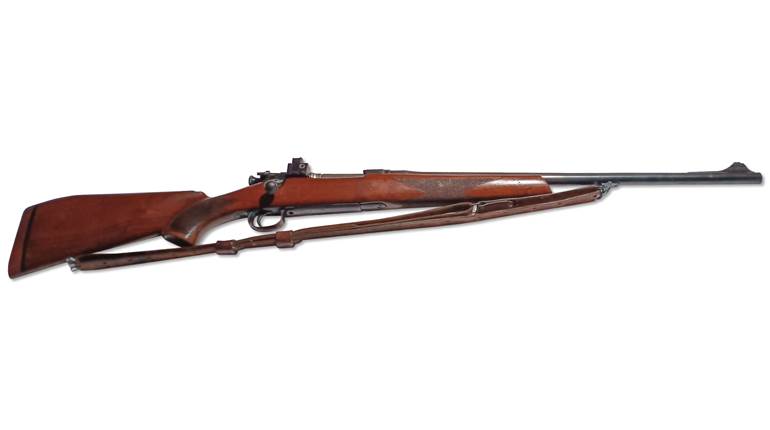
Q: After years of looking, I was finally able to purchase an M1941 Johnson rifle. After getting it home and partially disassembling it, I was chagrined to discover that although almost all the parts were stamped with a serial number, not one matched the serial number of the receiver! I know that guns that have “all-matching” serial numbers are much more desirable to collectors than those that don’t, and I am wondering how much my Johnson rifle is devalued by having mismatched parts?

A: I think you’ll be happy to hear that the non-matching numbers do not devalue your Johnson rifle whatsoever. You’re correct that a gun that was originally assembled with matching serially numbered parts can be significantly devalued if such a gun now has non-matching parts. On most 20th century United States military rifles, the only serially numbered part was the receiver. The Model 1941 Johnson rifle, however, was manufactured under contract for the Netherlands Purchasing Commission, and, as is the case on many European military rifles, the specifications called for parts to be serially numbered. But, as confirmed by Johnson factory ledgers, there was no attempt made to assemble rifles with parts matching the serial number of the receiver. Thus, no Johnson rifles left the factory with “matching-numbered” parts. The reason(s) for going to the trouble of stamping serial numbers on the parts but assembling the rifles with no regard to these numbers has not been confirmed; nevertheless, that was the case.




































